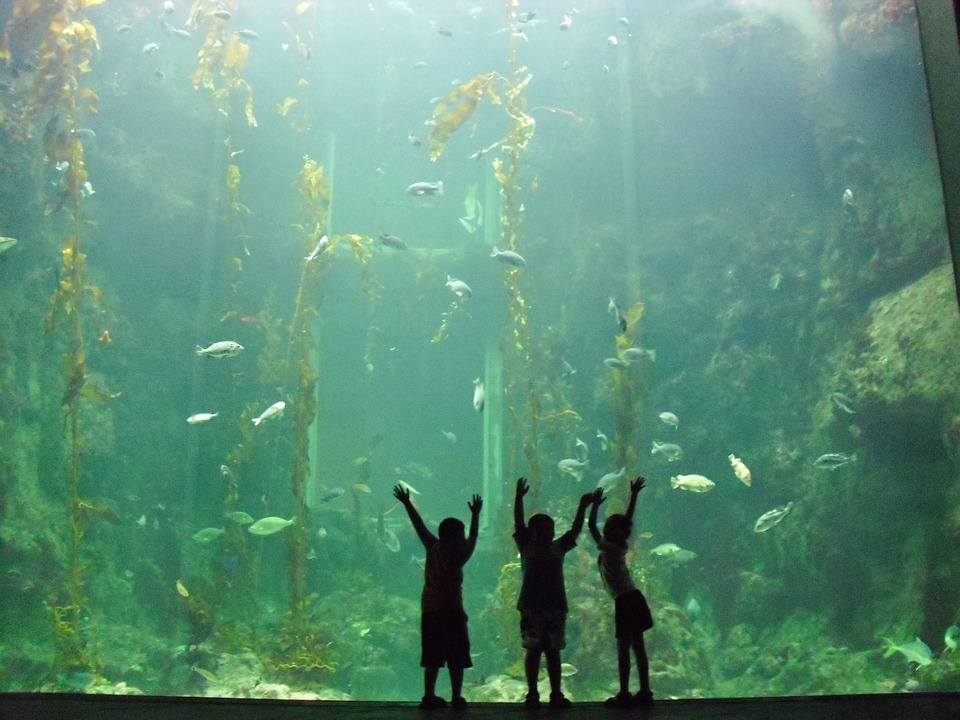Creating a well-balanced fish tank is crucial for the health and longevity of angelfish. This article will guide you through the steps of establishing and maintaining a thriving environment for your angelfish, while also ensuring their overall health and happiness.
Setting Up the Ideal Aquarium for Angelfish:
Choosing the Right Tank Size: Angelfish are known for their graceful swimming patterns and long fins, so it’s important to provide them with a spacious tank. A 20-gallon tank is the minimum recommended size for a pair of angelfish, but a larger tank is always better.
Selecting the Appropriate Filtration System: Angelfish produce a significant amount of waste, so a good filtration system is essential. A canister filter or a combination of a hang-on-back filter and sponge filter is ideal for maintaining optimal water quality.
Determining the Ideal Water Conditions: Angelfish thrive in slightly acidic water with a pH level between 6.5 and 7.5. The water temperature should be maintained between 75°F and 82°F, and a heater should be used to ensure a stable temperature.
Providing Adequate Lighting: Angelfish prefer subdued lighting, so it’s recommended to use a low-intensity aquarium light or provide hiding spots with plants and decorations.
Selecting Suitable Tankmates for Angelfish:
Compatible Fish Species: Angelfish are generally peaceful, but they may become territorial during breeding. Good tankmates for angelfish include tetras, gouramis, mollies, and peaceful bottom-dwelling fish like corydoras catfish.
Avoiding Aggressive Tankmates: Avoid keeping angelfish with aggressive or fin-nipping fish species such as barbs or some cichlids. These can cause stress and damage the delicate fins of the angelfish.
Considering the Fish Size and Temperament: When selecting tankmates, consider the size and temperament of the fish. Avoid keeping angelfish with small fish that can be seen as food, and choose peaceful and similarly sized fish to ensure compatibility.
Nutrition and Feeding Guidelines for Angelfish:
Offering a Balanced Diet: Angelfish are omnivorous and require a varied diet. Feed them a combination of high-quality flake or pellet food, frozen or live foods like brine shrimp or bloodworms, and occasional vegetable matter like blanched spinach or peas.
Choosing High-Quality Fish Food: Invest in high-quality fish food that contains essential nutrients and vitamins. Look for options specifically formulated for angelfish or cichlids.
Feeding Frequency and Portion Sizes: Feed your angelfish small amounts of food 2-3 times a day. Only provide them with the amount they can consume within a few minutes to avoid overfeeding and water pollution.
Regular Maintenance and Cleaning:
Monitoring Water Parameters: Regularly test the water for ammonia, nitrite, nitrate, and pH levels using a reliable test kit. This will help you maintain the proper water conditions for your angelfish.
Performing Partial Water Changes: Regularly change 20-30% of the water every 1-2 weeks to remove accumulated toxins and maintain water quality. Use a dechlorinator to remove chlorine and chloramine from tap water before adding it to the tank.
Cleaning the Tank and Equipment: Regularly clean the tank glass, decorations, and equipment to remove algae and debris. Use a clean algae scraper and a siphon to vacuum the substrate during water changes.
Maintaining a Proper Water Temperature: Monitor the water temperature daily and adjust the heater as needed to maintain a stable temperature range for your angelfish.
Common Fish Health Issues in Angelfish:
Recognizing Signs of Stress and Disease: Keep an eye out for signs of stress and disease, such as loss of appetite, lethargy, abnormal swimming patterns, or visible signs of illness like white spots or fin rot.
Addressing Parasitic Infections: Parasites like ich and velvet can affect angelfish. Treat these infections promptly with appropriate medications and ensure the tank is properly quarantined to prevent spreading.
Preventing and Treating Bacterial Infections: Bacterial infections can be caused by poor water quality or injuries. Maintain good water quality, provide a stress-free environment, and treat infections with antibiotics if necessary.
Managing Swim Bladder Disorders: Swim bladder disorders can cause buoyancy issues in angelfish. Ensure a varied diet, avoid overfeeding, and provide a well-balanced diet to prevent these disorders. If an angelfish develops buoyancy issues, consult a veterinarian for proper treatment.
FAQs (Frequently Asked Questions):
1. How often should I clean my angelfish tank?
It is recommended to perform partial water changes and clean the tank every 1-2 weeks.
2. Can I keep angelfish with other types of cichlids?
Angelfish can coexist with peaceful cichlid species, but it’s important to research the specific species to ensure compatibility.
3. What are some signs of poor water quality in a fish tank?
Some signs of poor water quality include cloudy or foul-smelling water, algae overgrowth, fish gasping for air at the water surface, or fish showing signs of stress or illness.
4. How can I prevent my angelfish from developing swim bladder disorders?
To prevent swim bladder disorders, provide a varied diet, avoid overfeeding, and maintain optimal water quality in the tank.
5. What should I do if my angelfish stops eating?
Loss of appetite can be a sign of stress or illness. Check water parameters, ensure proper tank conditions, and monitor for any other signs of illness. If the issue persists, consult a veterinarian for further guidance.
Conclusion:
Maintaining a well-balanced fish tank for angelfish requires careful consideration of various factors such as tank setup, tankmates, nutrition, regular maintenance, and fish health. By following the guidelines provided in this article, you can create a thriving environment that promotes the health and happiness of your angelfish. Remember, a well-balanced fish tank is the key to a successful angelfish keeping experience.









